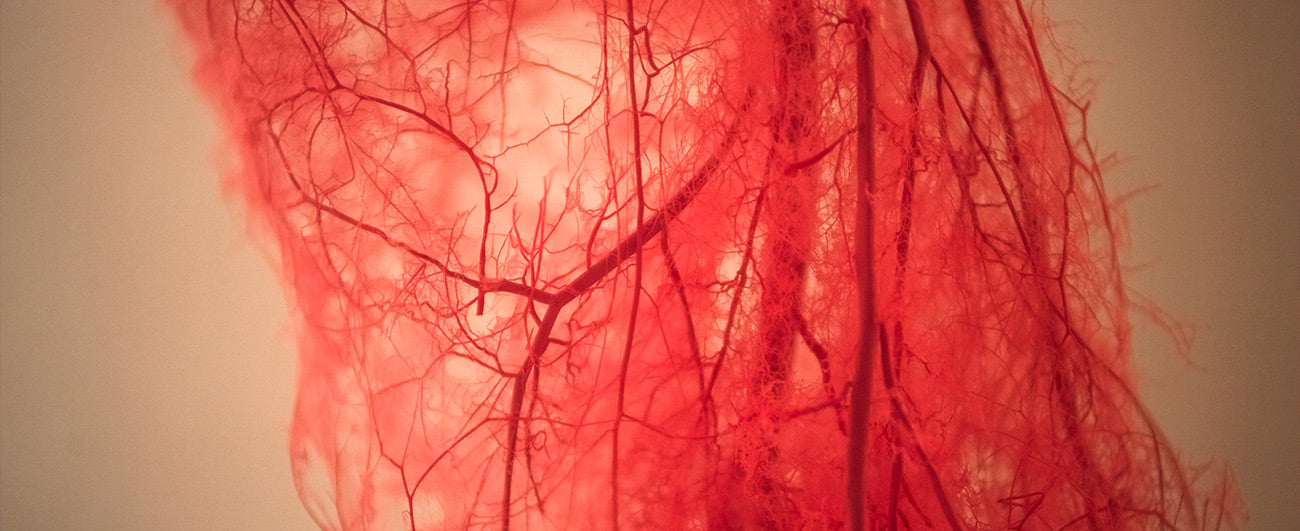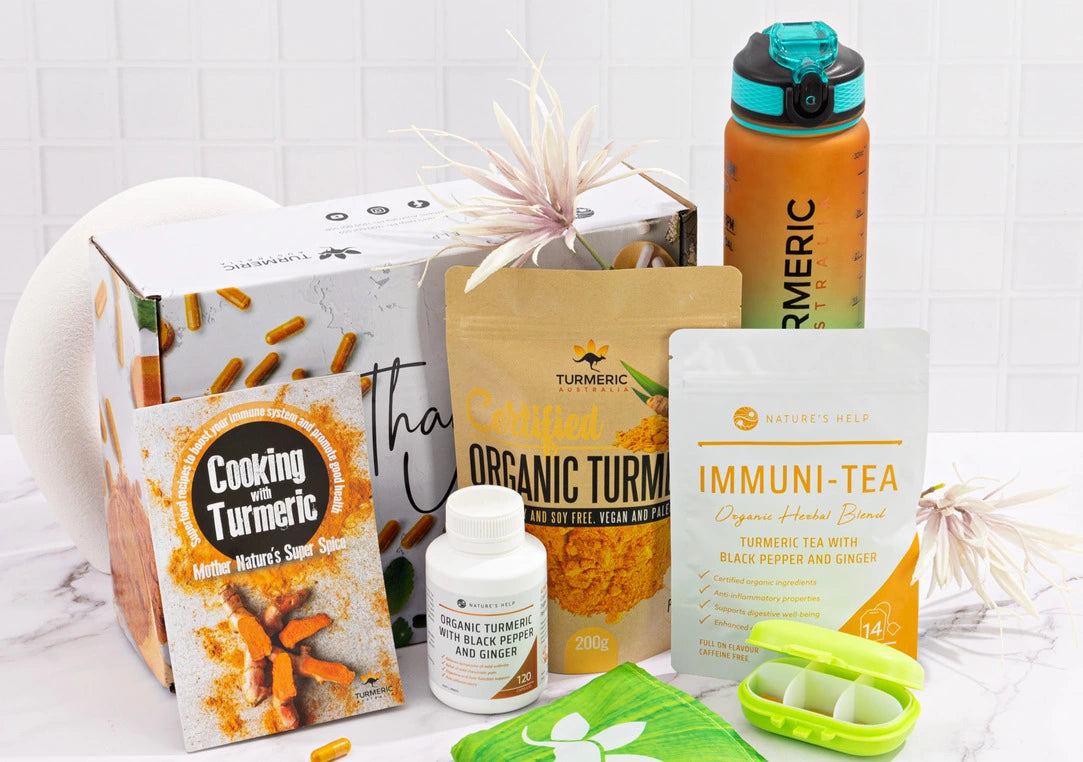What causes blood clots?
A blood clot is a jelly-like mass formed by platelets and fibrin in the blood to stop bleeding. Also known as coagulation, it is the body’s first line of defence against incessant bleeding. Your clotting process forms a seal around the wound and then your body slowly dissolves the clot after you have healed. Think of a blood nose and having to wait a couple of minutes for the blood to coagulate.
When a blood vessel is injured, possibly by cuts, broken bones or strains, then blood clotting is a vital, highly beneficial process that prevents uncontrolled bleeding and closes the wound. As the blood leaks out of the blood vessel and into the surrounding tissue, it forms a collection of clots called hematoma. This ensures you lose as little blood as possible and prevents germs getting into the injured site.
Platelets (known as thrombocytes) and proteins in the liquid part of your blood attach to the damaged area and clump together to stop the bleeding in a process called aggregation. These substances are called clotting factors. There are 13 clotting factors in human blood and tissues, most of which are made in the liver utilising Vitamin K. Once the clot has formed, the clotting is activated, which adds in a structural protein called fibrin. Fibrin is accountable for the scab you get at the cut injury. Without the ability to coagulate blood, people would bleed to death with just a minor cut. Haemophilia is an inherited genetic disorder whereby the blood doesn’t clot properly. It is caused by the absence of a clotting factor protein and those afflicted have to be ever so cautious about cuts and scrapes.

Most blood clots will dissolve naturally. Once your body senses that the wound has healed it conjures up a protein called plasmin. Actually built into the clot, plasmin just hangs about and waits until your body releases a substance known as an activator. It turns the plasmin on and the plasmin breaks down the mesh like structure of the clot. The human body never ceases to marvel at its complexity!!
But sometimes clots form internally in the blood vessels without any noticeable sign of injury or they do not dissolve naturally. Appropriate treatment is required in these situations, as it can be very dangerous.
A clot that forms and stays in the blood vessel is called a thrombus. The use of blood thinning medication stops the clot from getting bigger and gives your body time to dissolve the clot, which could take up to six months.
A clot that detaches and moves through the blood to another area of the body is called an embolism and this can occur in both arteries and veins.
Typically, clots can occur in the blood vessels that transfer blood around the body – the veins and arteries.

VEINS carry deoxygenated blood away from the organs and back to the heart. Muscles squeeze blood through the veins back to the heart, assisted by body motion. Without movement the blood tends to stagnate and clot. A clot forming in a vein may very well restrict the flow of blood to the heart, which leads to pain and swelling as the blood collects around the clot. Deep vein thrombosis (DVT) is a type of clot that forms in major veins; most commonly in the legs. When a vein clot detaches it can travel randomly to the heart or lungs. This is called a pulmonary embolism and is exceptionally dangerous.

ARTERIES are high pressure blood vessels that carry oxygen enriched blood from the heart to other body parts. A gauge of the arterial pressure is the common blood pressure test. Atherosclerosis is a hardening of the arteries, whereby the clotting is plaque deposits that narrow the inside of the blood vessel. As the route through the artery narrows, the artery muscles continue to force blood through the passageway and this high pressure can trigger the plaque to rupture causing a clot that potentially leads to a heart attack or stroke. With the blood supply blocked by the clot, these organs are deprived of vital blood and thus become damaged.
Repairing injured blood vessels is governed by blood clotting. Blood consists of:-
• Red blood cells that transport oxygen to cells and remove the carbon dioxide
• White blood cells that fight infection
• Platelets that are a component of the clotting process
• Plasma which comprises fluid, chemicals and proteins
The body, being the marvellous system that it is, has molecules that signal the body on where, when and how fast to form a clot. Platelets are engaged to the injured blood vessel to form the primary plug and release chemicals to start a clotting mesh. There are no consequences for normal repair processes, but when a clot forms where it is not required, it can have considerable outcomes on your body. There are risk factors, such as obesity or age, that slow the flow of blood. Smoking, diabetes, inflammation, illness, prolonged immobility, surgery trauma, high blood pressure and high cholesterol can also affect how quickly your blood clots.
Symptoms vary depending on the location of the clot, though some clots have no symptoms until they rupture and travel through the circulatory system to body organs.
• Blood clots in your leg veins (DVT) are painful and swell, with redness.
• An arterial clot in a limb can also include numbness and cool to touch.
• Lung clots give you chest pain, breathlessness and a quick pulse.
• A stroke is a blood clot in the brain and can cause loss of speech, dizziness and paralysis on one side of the body.
• A coronary artery heart attack experiences chest pain, nausea, sweating and breathlessness.
• A mesenteric ischemia is a clot in the artery that supplies the intestine and includes abdominal pain, bloating, nausea and blood in your faeces.

Some serious conditions associated with blood clots include:
• Antiphospholipid Syndrome is when your immune system creates antibodies that encourage your blood to clot. Medications can reduce the risk but there is no cure.
• Arteriosclerosis occurs when the vessels become thick and stiff, restricting blood flow. As you age artery walls harden with a build-up of fats and cholesterol in the artery walls. This plaque makes the arteries narrow and when the plaque breaks off, this leads to a blood clot, which in turn can generate a stroke or heart attack. If the arteries leading to the kidney is affected, this prompts kidney failure. A healthy lifestyle and diet can slow the hardening process.
• Aneurysms can be caused by arteriosclerosis, which is a bulge in the artery wall. If the aneurysm bursts you can contemplate life-threatening internal bleeding and if a blood clot dislodges within the aneurysm, this is severely dangerous.
• Deep Vein Thrombosis (DVT) happens when a blood clot forms in the deep veins of the body, commonly the legs. This is a serious condition as the clot can travel through your bloodstream and get stuck in a major organ. Muscle contractions help circulate blood, so keep moving. Sometimes a vein clot can even occur with no apparent underlying risk factors, so try to avoid sitting or being in bed for prolonged periods. Blood thinners are used to treat DVT’s, but a worrisome side effect is bleeding and the body’s inability to clot adequately.
• A pulmonary embolism is a clot wedging into lung arteries. Generally, this is caused by clots travelling through the body from the leg veins. Prompt attention is required to reduce the risk of death.
• In atrial fibrillation the upper chamber of the heart does not beat rhythmically, and blood tends to decay, which over time causes clots to form. People who have atrial fibrillation have a higher risk of blood clots in the heart.
• Heart attacks can be caused by blood clots in the coronary arteries, ultimately blocking life-giving blood flow.
• Stroke or mini strokes happen when blood clots in the brain’s arteries. The immediate symptoms are facial drooping, arm weakness and speech difficulties. If you can obtain hospital treatment within 3-4 hours the clots can be broken up and save a lot of your brain function.
• Mesenteric ischemia involves blood clots in the intestine.
• In the Journal of Intensive Care they site studies from CV19 patients that indicate significantly elevated levels of a molecule that forms when clots are present. CV19 attacks the endothelial cells lining the blood vessels, causing an increase in clots in the lungs.
• Over recent months there has been concern regarding blood clots from the CV19 AstraZeneca injection. Concerns raised considered the potentially increased risks of pulmonary embolisms and DVT after receiving the injection. AstraZeneca states that there is currently no evidence for the association between clots and the injection. Respected doctors and scientists have been studying the effects of the spike protein. It appears to have the ability to replicate by the billions and lodge in the body’s capillaries. The spike is preventing blood flow through the capillaries and the long-term effects of this reaction to the injection are totally unknown. So even though a lot of factors may increase your risk of blood clots, there is supposedly no link to the injection as yet.

What can you do to alleviate risk?
1. Take Turmeric.
Take 4 capsules of Nature’s Help organic turmeric capsules with black pepper and ginger daily. It is a natural anti-inflammatory and also acts as a natural anticoagulant. Studies show that curcumin, the polyphenol ingredient found in turmeric, inhibited the development of blood clots. Studies also suggest that turmeric may help prevent atherosclerosis, the build-up of plaque that can block arteries and lead to heart attack or stroke. Studies show that an extract of turmeric lowered cholesterol levels and kept LDL (bad) cholesterol from building up in blood vessels. Because it stops platelets from clumping together, turmeric may also prevent blood clots from building up along the walls of arteries.
2. Indulge in a good diet.
Eat lots of dark leafy greens and colourful vegetables. Fruits, whole grains and omega-3 foods will keep your vascular system active. Avoid artificial foods in a packet.
3. Stay active.
Movement assists blood to travel from the veins back to your major organs.
4. Check that your medications are fit for purpose.
5. Quit Smoking
If you are a smoker, make a concentrated effort to quit. There is an increased risk amongst the smoking group.
6. Increase your intake of Vitamin E
Foods such as almonds, avocado, mango, broccoli and spinach – just to name a few. Vitamin E is an anticoagulant that is supportive against heart disease and stroke.
So, to summarise, eat well, stay active and keep the blood pumping around your body. If you have any concerns regarding a possible dangerous blood clot, seek medical attention immediately.


